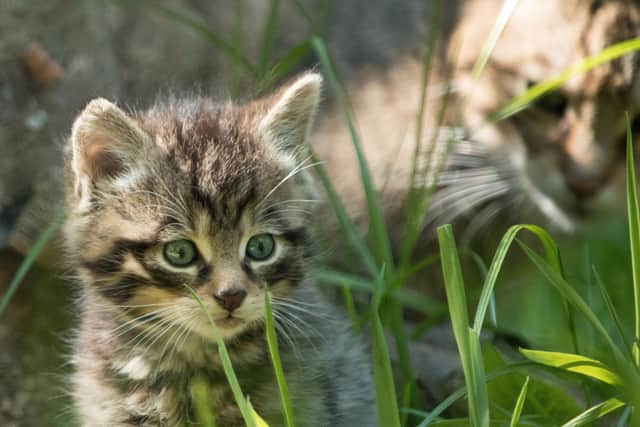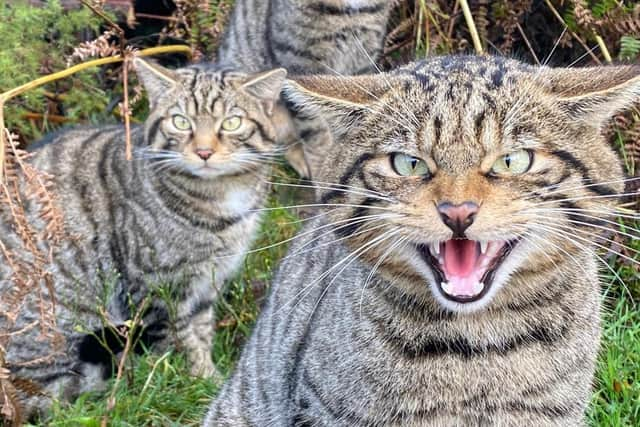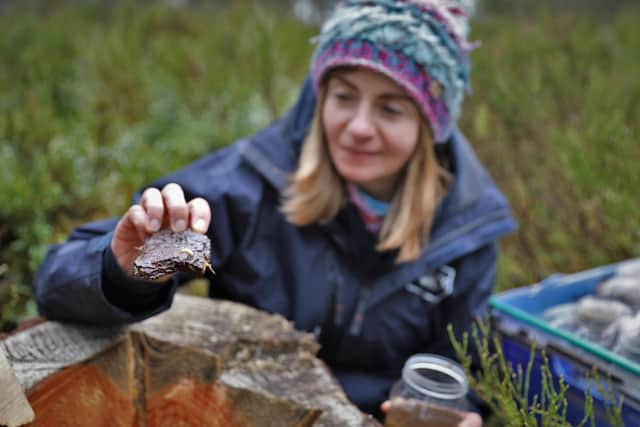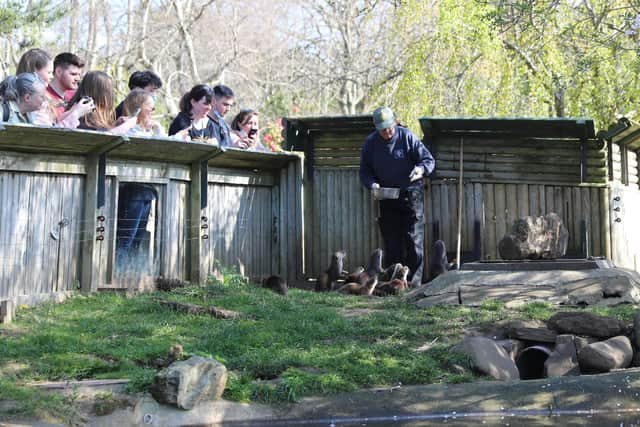Scottish wildcats and snails among global creatures on zoo's urgent 'save' list
They have all been named among the top priorities for urgent conservation action by the Royal Zoological Society of Scotland (RZSS), which has pledged to reverse the decline of at least 50 species over the next eight years.
The wildlife conservation charity, which runs Edinburgh Zoo and the Highland Wildlife Park, has also promised to significantly increase the number of people and communities working across the world to protect nature.
The moves are part of the organisation’s 2030 strategy.
Advertisement
Hide AdAdvertisement
Hide Ad“With more than a million species at risk of extinction, our planet’s life support system is in crisis and the time to act is now,” said RZSS chief executive David Field.
“Our pledge is to reverse the decline of at least 50 species by 2030, including wildcats, pine hoverflies and pond mud snails in Scotland.
“We will also develop plans to protect other native Scottish species.
“Internationally, the species we are working with partners to protect include chimpanzees in Uganda, giant anteaters and giant armadillos in Brazil and Pallas’s cats in central Asia.”


He said RZSS has an important role to play in helping safeguard species across the globe, drawing on “incredible expertise” in conservation science and animal care.
RZSS is leading the six-year Saving Wildcats project, which involves breeding cats selected for their genetic purity in captivity and then releasing their offspring in suitable locations in the Cairngorms National Park.
The initiative was launched after scientists declared the Scottish wildcat “functionally extinct” in the wild, after numbers dropped so low the species had no chance of survival without intervention.


The special breeding centre, based at RZSS’s Highland Wildlife park, near Kingussie, has recently welcomed the first kittens likely to be freed into the wild.
Advertisement
Hide AdAdvertisement
Hide AdMr Field believes the project is “a perfect example” of the important conservation work RZSS is involved in.
The new strategy also aims to “create deeper connections with the natural world” for more than a million people through its zoos.
“People protect and value what they love and understand, so experiencing nature in person is incredibly important,” Mr Field said.


“I have worked in zoos and in conservation for more than 30 years and seeing animals up close still has an amazing ability to make the hairs on the back of my neck stand up in excitement.
“Edinburgh Zoo and Highland Wildlife Park are our gateways to the natural world which enable millions of people to experience wildlife in person.
“This is very important because few people will ever have the hugely expensive luxury of seeing animals like giraffes, sloths and polar bears in the wild.”
As well as conserving wildlife, zoos can also play an important role in strengthening communities, according to the RZSS.
“Zoos are in a unique position to help people realise the mental and physical health and well-being benefits of being close to wildlife,” Mr Field said.


Advertisement
Hide AdAdvertisement
Hide Ad“Through our zoos and our outreach programmes, we are going to create deeper connections with nature for more than a million people, which we will be able to measure to demonstrate our impact.”
He added: “Together, we can help create a world where nature is protected, valued and loved.”
Comments
Want to join the conversation? Please or to comment on this article.
